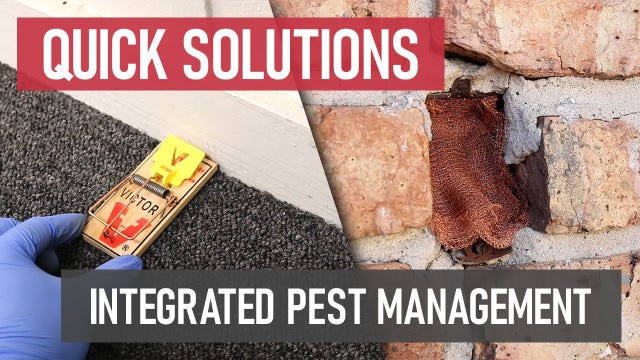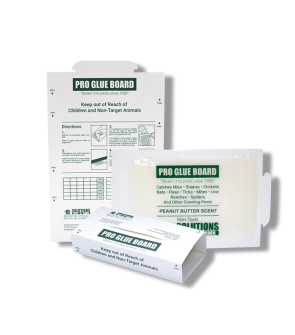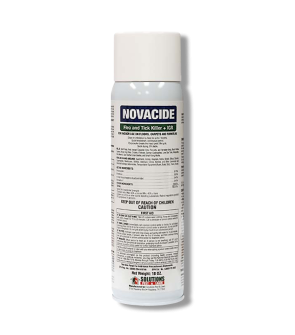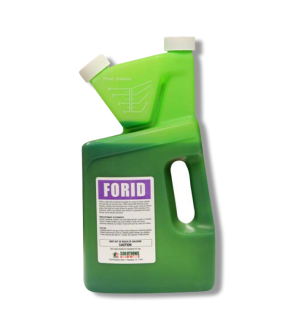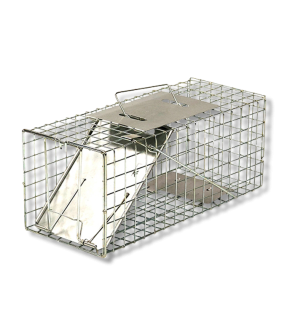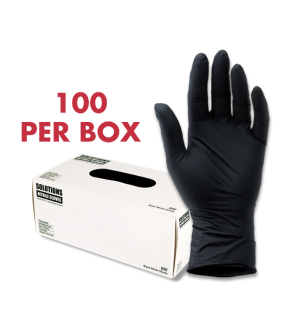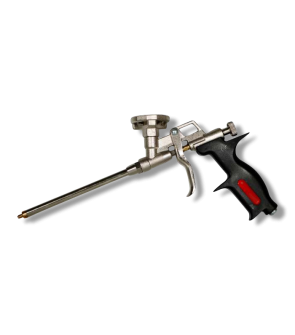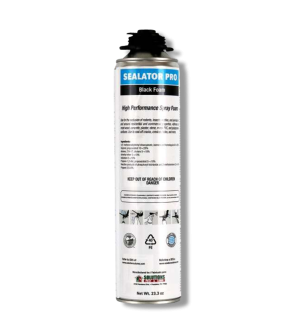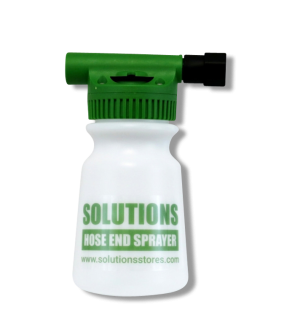Gain access to personalized product screening, the best pricing, rewards, and more!
Most Effective Products
General IPM
Integrated pest management, also known as IPM, is a multi-long approach that reduces pest populations in and around your property. Although IPM seems overwhelming, it can be done for the newest or most experienced applicator.
To understand IPM, what to do, and have a better approach method for your current or previous pest infestation, take a look at our DIY guide.
Choose Your Product and Tool
Depending on your pesticide and pest control infestation, you will need a variety of integrated pest management tools, including:
- Pencil and paper to note where infestations are present or were previously cited.
- Plastic bags or sealable containers to take samples of the pest.
- Caulk guns and caulk to seal openings, cracks, and crevices. Larger voids may need copper mesh or complete repair.
- Foamer.
- Duster.
- Spreader like a handheld, push, or broadcast.
- Your selected insecticide, miticide, or other pesticide material. This also includes traps and glue boards.
- Flashlight.
- Magnifying glass.
- A sprayer such as a backpack, handheld pump, spray rig, mist blower, spray rig, or hose end.
- Fogger.
- And more!
How to Perform IPM
You must wear the proper personal protective equipment (PPE) before performing any integrated pest management control.
Step 1: Identify Pests
This step is often overlooked. Correct identification of the pest is crucial for determining the type of treatment approach and pesticide to use.
Step 2: Monitor Pest Activity
Monitoring for pest activity involves the use of visual, trapping, and communication with other people from that infested site.
This method will help you determine areas that need some pest control treatment or where the sources of the infestation are present.
If you cannot quickly identify which pests are active in your treatment area, look for ways to tell if they are present.
We suggest laying out several glue boards, such as the Solutions Pro Glue Board.
Each glue board can be laid out flat or folded into a tunnel. This product will capture and monitor mice, snakes, crickets, bats, fleas, ticks, mites, lice, roaches, spiders, and other crawling pests.
Remove the paper from the glue trap and set it along baseboards, near wall voids, or other areas where pests are typically active.
Check them daily and replace them when necessary or when they become full.
Step 3: Set Action Thresholds
An action threshold defines the point at which pest damage is intolerable and when pest control action should be taken.
It may be based on different factors, such as health problems, the cost of damages, or aesthetic damage to plants.
For example, plants can recover from minor damage, but significant damage can lead to the complete death of the foliage.
Step 4: Take Control

There are four forms of control for pest control ranked from the level of infestation and toxicity levels.
In IPM, it begins with cultural, biological, physical/mechanical, then chemical.
To learn more about these types of control efforts, take at look at our more in-depth integrated pest management guide.
Cultural: is changing or modifying the plant's environment to prevent and discourage pests.
Raking fallen leaves or other debris, crop rotations, and removing stagnant water in the yard are examples of this.
Biological: is a method that reduces or controls pest populations with natural enemies of the pest, such as other animals and insects.
An example would be releasing ladybugs into an area where you are facing an aphid infestation. Ladybugs are natural predators that hunt and feed on aphids.
Mechanical/Physical Control: These methods use physical or mechanical devices to control pests.
Examples include the Solutions Pro Glue Board, Forid Drain Gel Cleaner, Solutions Sealator Pro Black Foam, Solutions Humane Live Animal Trap, or the Stuf-Fit Copper Mesh.
Chemical: refers to using pesticides to manage and prevent pest populations.
Products such as Supreme IT or Novacide Flea & Tick Killer use chemical tactics to control pests.
Step 5: Document Results

Where to Use IPM
The use of IPM can be used in all indoor and outdoor environments where pest exists. Some common sites can be seen, but not limited to:
- Schools
- Homes
- Warehouses
- Sheds
- Garages
- Shops/stores
- Workplace
- Gardens
- Landscapes
- Lawns
- Forests and other natural areas
- Croplands
- Attics
- Basements
- Military bases
What To Do After IPM
Continue monitoring after using IPM to see if selected pest control methods were effective. If not, invoke some of the same or different approach methods.
What to Expect After IPM
After taking on IPM, you may see some pest activity reduced, but the population may return if it is not consistently followed.
Key Takeaways
What is Integrated Pest Management?
- Integrated pest management is a holistic approach that uses various tools and strategies to control or prevent insect or animal infestations.
What Are the Disadvantages of Integrated Pest Management
- Integrated pest management will take some trial, error, and time to control pest infestations.
What Does an IPM Do?
- Integrated pest management is a way to control pest populations while minimizing damages, cost, and pesticide use.






